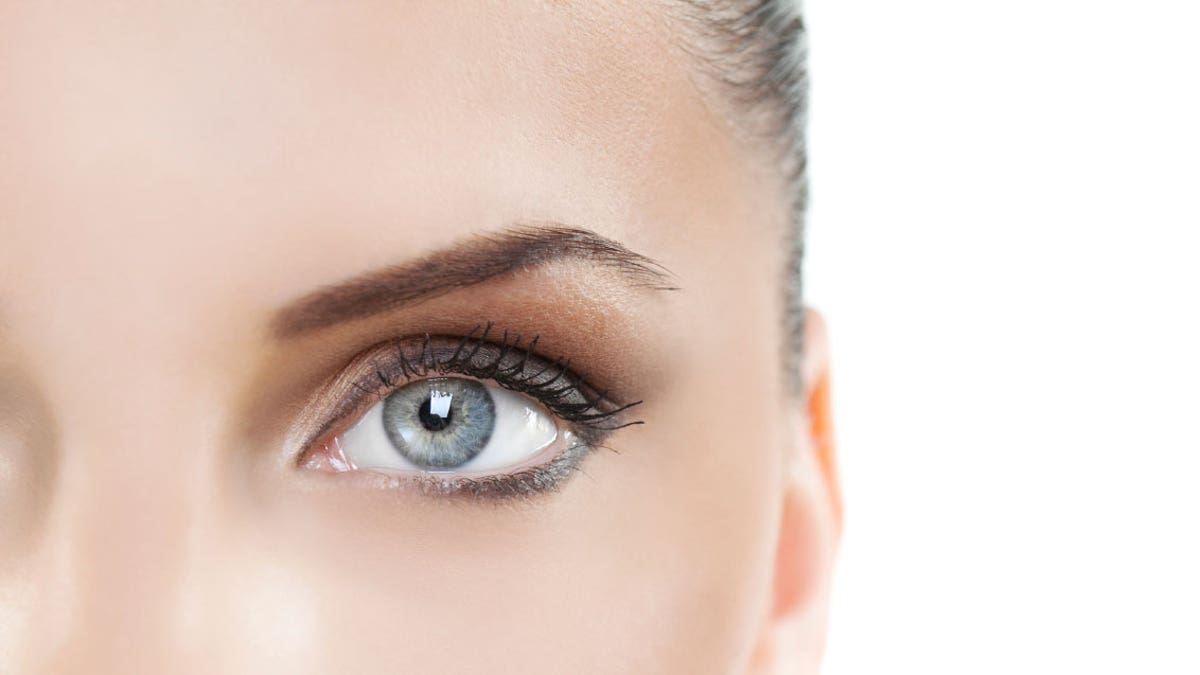
I was recently diagnosed with Fuchs' corneal dystrophy (Fuchs) in my right eye. I’d like to share my experience.
According to the Mayo Clinic, “Fuchs' dystrophy (fooks DIS-truh-fee) is an uncommon, slowly progressive disorder that affects the cornea — the transparent front surface of your eye. Fuchs' dystrophy is a type of corneal dystrophy, a group of conditions that may cause a hazy deposit to build up over the cornea.”
My optometrist first recognized that I had Fuchs when I went to see him for cloudy eyes. To give you as description, it was as if my right eye was steamed over like a windshield. I thought it was eyestrain. I was wrong.
From there, the optometrist referred me to a corneal specialist who confirmed the diagnosis as Fuchs. He prescribed me with over-the-counter eye drops called Muro 128, which is basically sodium chloride. This helps dry out the cornea to slow down the leak, which causes the cloudiness.
After two weeks of using Muro 128 eye drops every hour on the hour, the specialist told me that the only cure would be a corneal transplant because there is no cure for Fuchs.
It would continually get worse, but it could take days, months or years. However, he would not do a transplant until I went totally blind. Wrong answer, in my opinion.
At that point, I did consider myself totally blind in the right eye unless I used the Muro eye drops every half hour during my waking hours. I also wear glasses, but the right eye prescription was totally wrong by this time.
So, after two months of carrying Muro 128 eye drops in a tiny pouch around my neck, constantly putting in eye drops, I decided it was time for another opinion.
___________________________________________________
More From EmpowHER:
Eye Makeup Tips for the Visually Impaired
MS May Be Diagnosed Through Eye Scan
New Developments in Diagnosing Multiple Sclerosis
___________________________________________________
I found a young, enthusiastic ophthalmologist named Dr. Albert Caruana at Cleveland Clinic Florida who specializes in corneal transplants. I say "young and enthusiastic" because as I get older, the doctors look like kids to me, but in my case, I was happy to find a doctor that was almost right out of medical school.
Dr. Caruana did the corneal transplant within a few months. It was a simple day surgery followed by check-up appointments after the first few weeks.
I’ve followed his instructions to the letter.
I felt it was only a matter of time before I was able to get the corrected prescription for my eyeglasses and move on with my otherwise healthy life.
Unfortunately, five months after the surgery, I woke up one morning with no sight in my right eye. I couldn’t see color, only black outlines of people and total blur.
I rushed in to see Dr. Caruana and he informed me of the good news and bad news. The good news was that I have a very healthy immune system. For a 59-year-old woman, that’s always good news.
But the bad news was that my immune system was rejecting my new cornea. My question to him was, “Now what?”
It’s been two weeks since the rejection. I’m on medication and once again the Muro 128, but my sight has not returned yet. I may need to have another corneal transplant, but the doctor is hoping the meds will help.
While the corneal transplant has been more of an ordeal that I had ever expected, I don’t regret having the surgery. I work every day to maintain a positive attitude and have full trust in my doctor, which is essential when having this type of procedure.
If there’s a possibility that you may have Fuchs’ corneal dystrophy, don’t wait. Make an appointment with an ophthalmologist who specializes in corneal conditions.




















